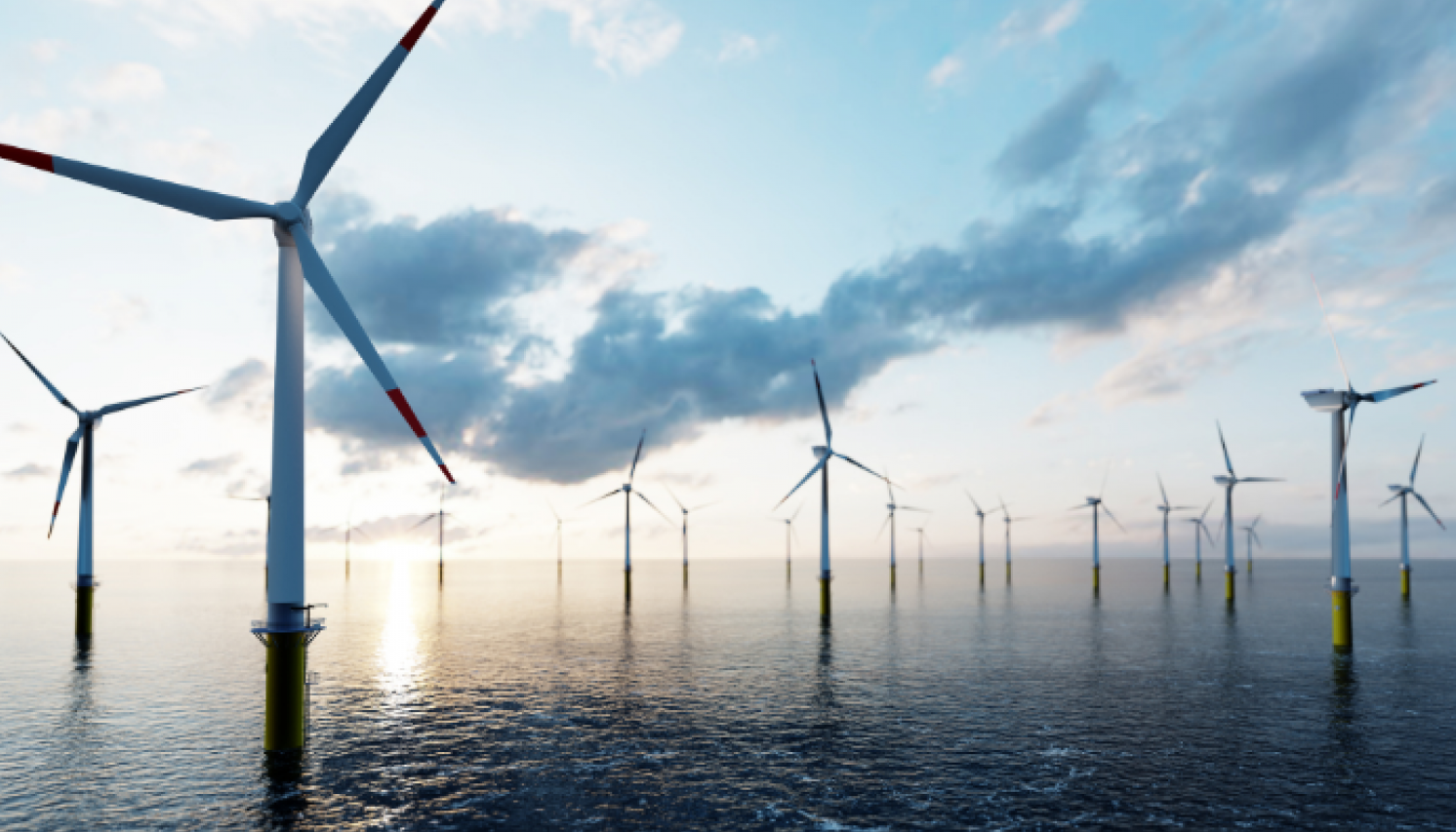Estonia’s Consumer Protection and Technical Regulatory Authority (CPTRA) has initiated superficies licence proceedings and an environmental impact assessment (EIA) for ELWIND, an Estonian-Latvian cross-border offshore wind project, based on the application submitted by the Environmental Investment Centre (EIC).
The aim of the ELWIND project is to pre-develop the sea area specified in the application. This means that, after the issuance of the superficies licence, the state will organize an auction or selective tender. This process gives all developers the opportunity to acquire a superficies licence for the area and to build the planned offshore wind farm.
According to the application submitted by the EIC, 20-100 wind turbines, with a maximum height of 330 metres above sea level, could be built in the ELWIND area. The planned maximum individual capacity of one wind turbine is 10-25 MW, and the total capacity of the planned wind farm is 400-1,000 MW.
The area of the proposed offshore wind farm is located west of Saaremaa’s west coast (Sõrve Peninsula) and covers approximately 200.44 square kilometres.
“Following the initiation of the superficies licence proceedings and the environmental impact assessment, the EIC can start drawing up the environmental impact assessment programme. Among other things, the programme provides a description of the assessment methodology used in environmental impact assessment, including information about the studies necessary for environmental impact assessment,” said Kristi Talving, Director General of the CPTRA.
“The EIC must submit an environmental impact assessment programme to the CPTRA within 18 months and an environmental impact assessment report within 24 months after the decision to approve the environmental impact assessment programme as meeting the requirements.”
The European Union funding is used to implement the ELWIND offshore wind project to partially cover the costs of the EIA programme.
“The environmental impact assessment programme is the first important step in describing the scope and methodology of the studies, community involvement, etc.,” said Tõnn Tuvike, Project Manager of ELWIND.
“We are looking into how an offshore wind farm would affect, among other things, the socio-economic situation, the view from the coast, wildlife and the seabed. Thanks to thorough research, companies have good preliminary information on the conditions under which an offshore wind farm could be built in the area as they participate in the auction.”
YOU MIGHT ALSO LIKE
ELWIND is an Estonian-Latvian cross-border offshore wind project for which the countries started discussions in December 2019.
The governments of Latvia and Estonia already selected the locations in their respective parts of the Baltic Sea where their joint project will be built.
The tender for the rights to develop the offshore wind farm is scheduled to be held in 2026. ELWIND is expected to enter the construction phase in 2028 and be commissioned by 2030 at the earliest.
ADVERTISE ON OFFSHOREWIND.BIZ
Get in front of your target audience in one move! OffshoreWIND.biz is read by thousands of offshore wind professionals daily.
Follow offshoreWIND.biz on:

